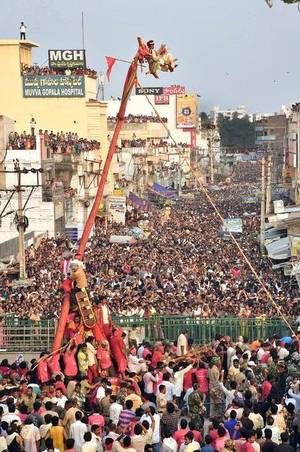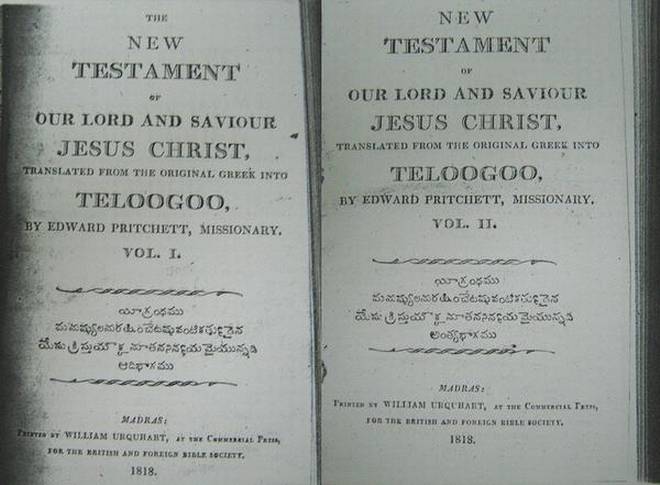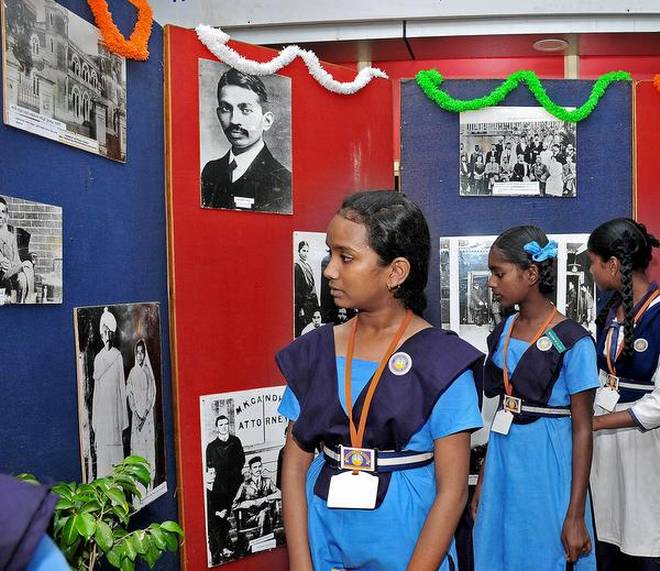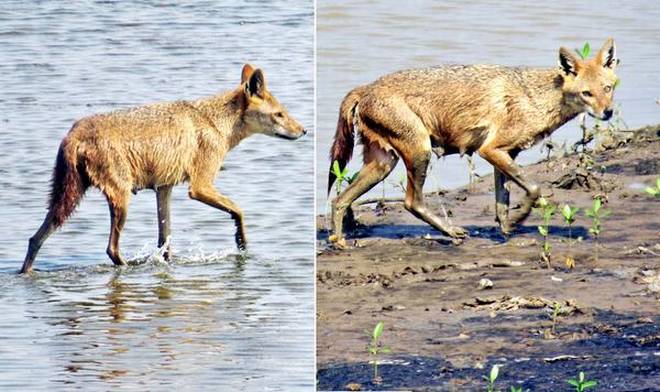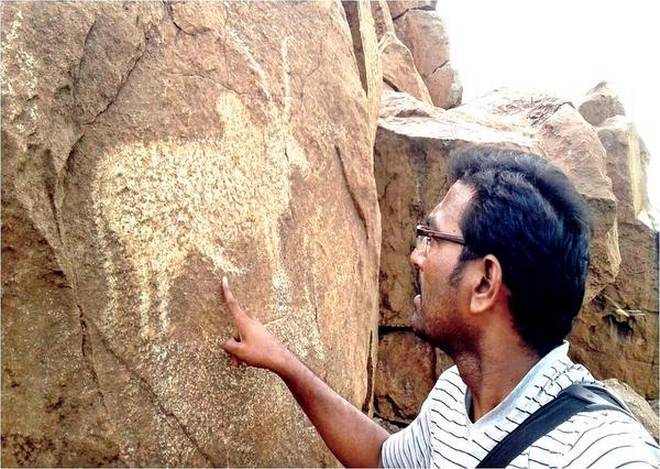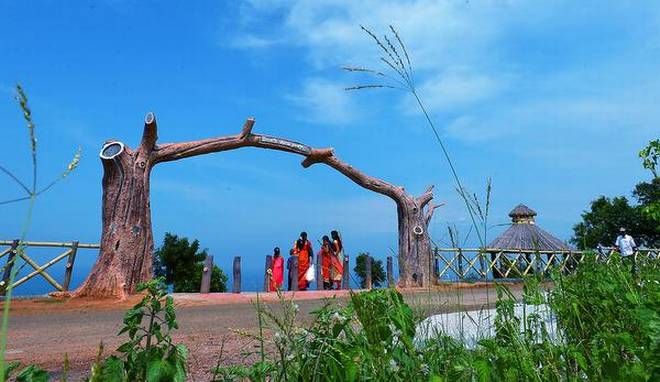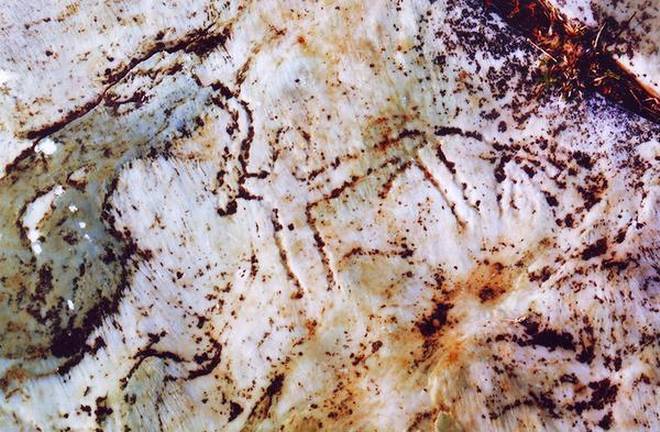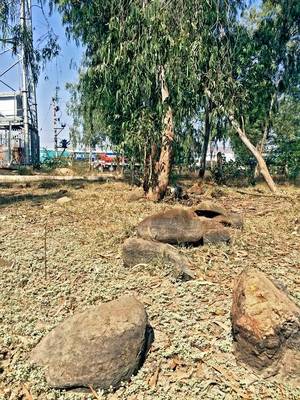The city of Ongole, in Prakasam district, is known for a particular breed of oxen. It’s also known for the CSR Sarma College, where Tollywood star Chiranjeevi studied from 1970-72
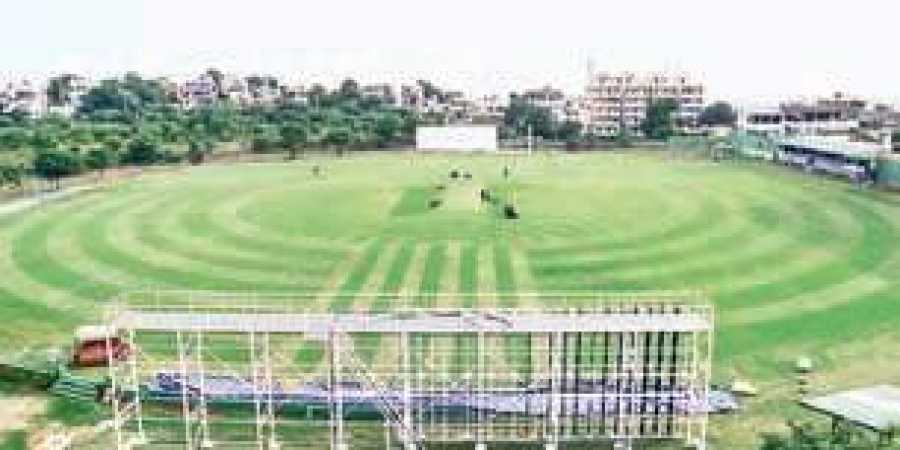
Ongole :
The city of Ongole, in Prakasam district, is known for a particular breed of oxen. It’s also known for the CSR Sarma College, where Tollywood star Chiranjeevi studied from 1970-72. Few know that the cricket ground at CSR Sarma College has a unique history.
It’s perhaps the only cricket ground in India which is built on a burial ground. It was home to venomous snakes and other wild creatures. It was in 2008 when the Prakasam District Cricket Association (PDCA) and the college decided to sign a memorandum of understanding to build a quality stadium, which the city lacked.
“A decade ago, this place was in a totally different state,” says PDCA secretary Pratap Kumar. “It used to be a burial ground and was even named as crime zone. Since 2008, we have been developing it gradually. The ground, with a hillock in the backdrop, had a pond, 15 feet in depth. We dumped almost 16,000 truck loads of soil and renovated a lot to make it look like this.”
Looking like any other cricket venue now, this ground has hosted four Ranji Trophy matches. The fifth, between Andhra and Tamil Nadu, starts on Tuesday. “The eastern side is where we put up chairs. During the last match, crowds turned up in huge numbers to watch Shreyas Iyer and Prithvi Shaw in action. We can expect a sizeable turnout for the Tamil Nadu tie, although it would be more exciting if Dinesh Karthik and R Ashwin were in the team,” said Pratap.
The main objective of the ACA to set up a cricket ground amidst unusual surroundings was to develop cricket at the grassroots. “We saw the potential to have a stadium here. With BCCI’s permission we allowed PDCA to host matches. Our aim is to conduct matches in every district. Wherever there are facilities, we grant them permission to organise first-class matches,” ACA general secretary Arun Kumar said.
With the aim to improving infrastructure, PDCA has arranged a 12-foot sight screen. The ground is equipped with underground cables (both electrical and optical), six cameras for recording the match, two air-conditioned rooms for video analysts, BCCI match referees and scorers.
Conducting matches during rainy season does not pose any hurdle despite the ground lacking an advanced drainage system. “Water drains out automatically. With a low hillock, even if it rains heavily, we can resume the match an hour after rain stops,” explained Pratap.
It was in January 2015 that the ground got the nod to host its maiden Ranji match. The first four-day match saw Andhra taking on Tripura. In four Ranji matches it has hosted till date, the Andhra-Mumbai encounter which took place last November witnessed nearly 7,000 spectators.
source: http://www.newindianexpress.com / The New Indian Express / Home> States> Andhra Pradesh / by Srinidhi PR / Express News Service / November 20t, 2018
